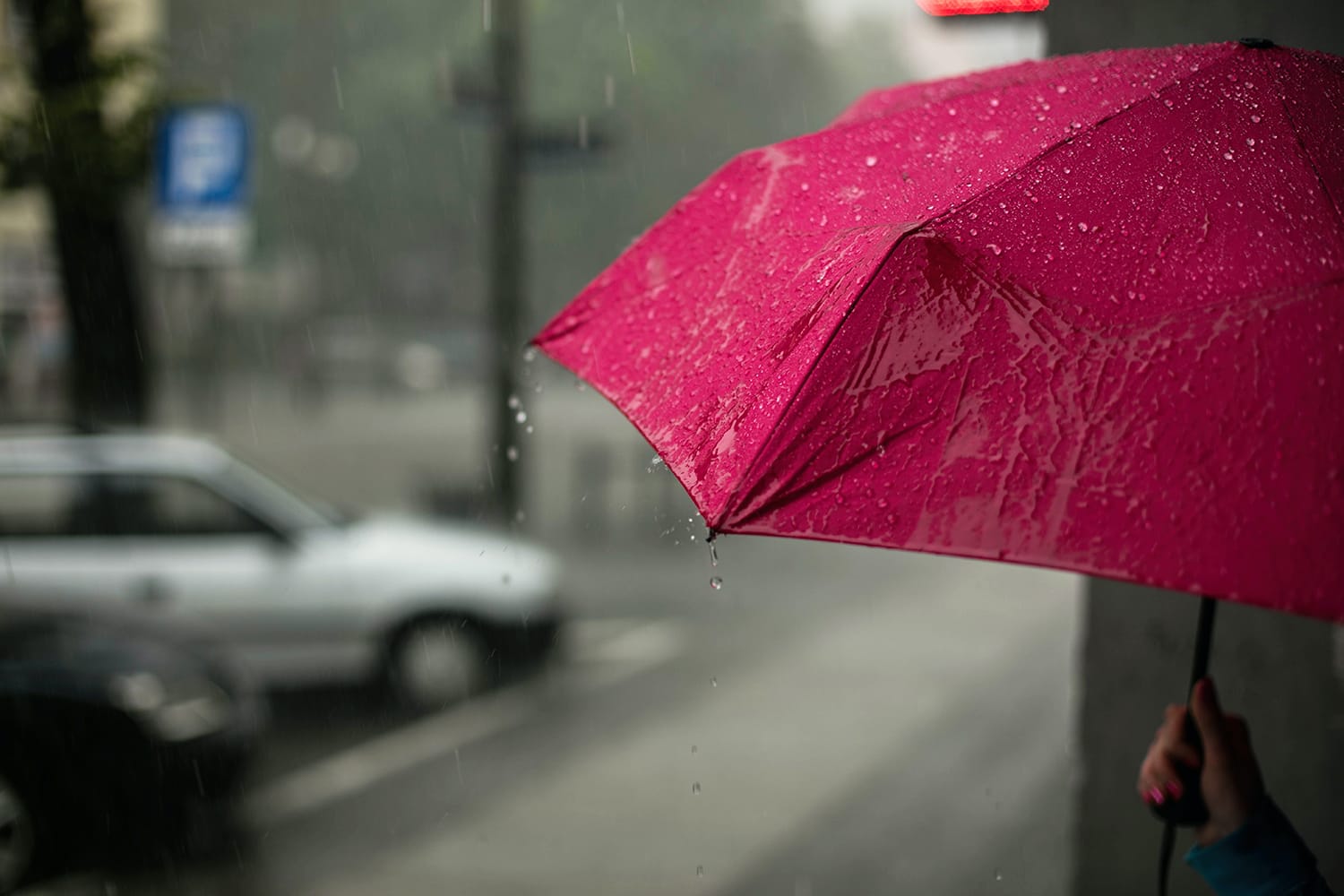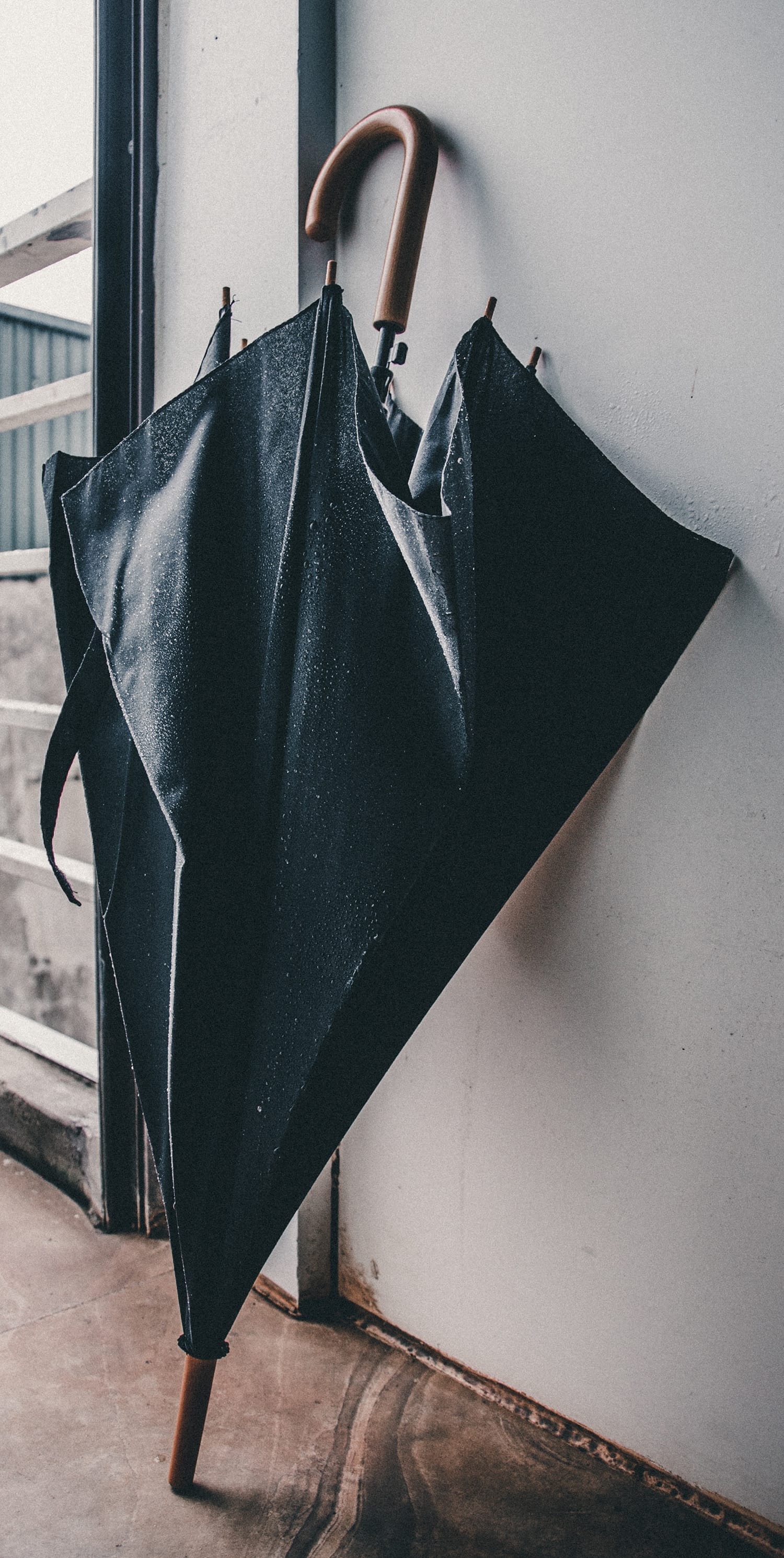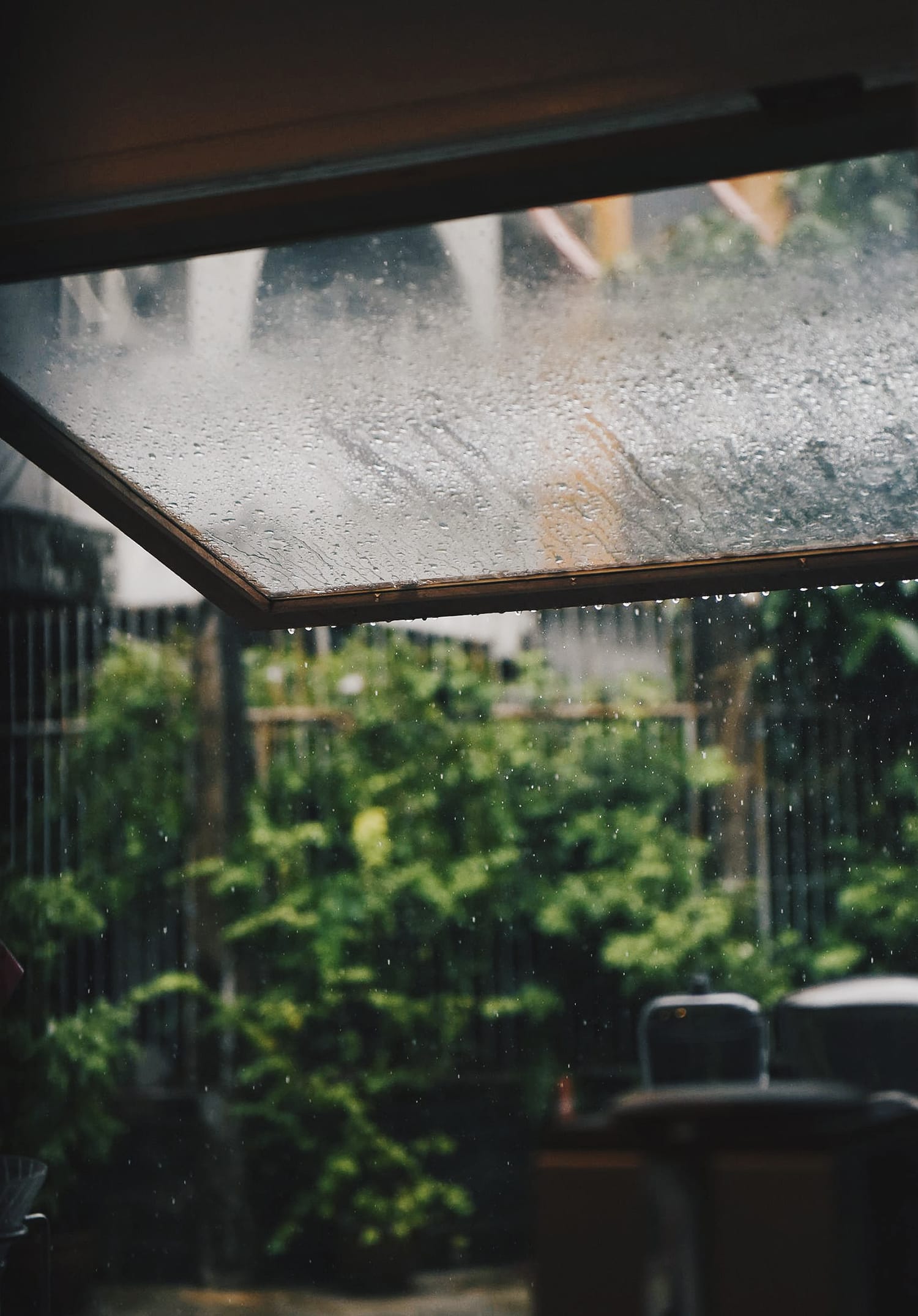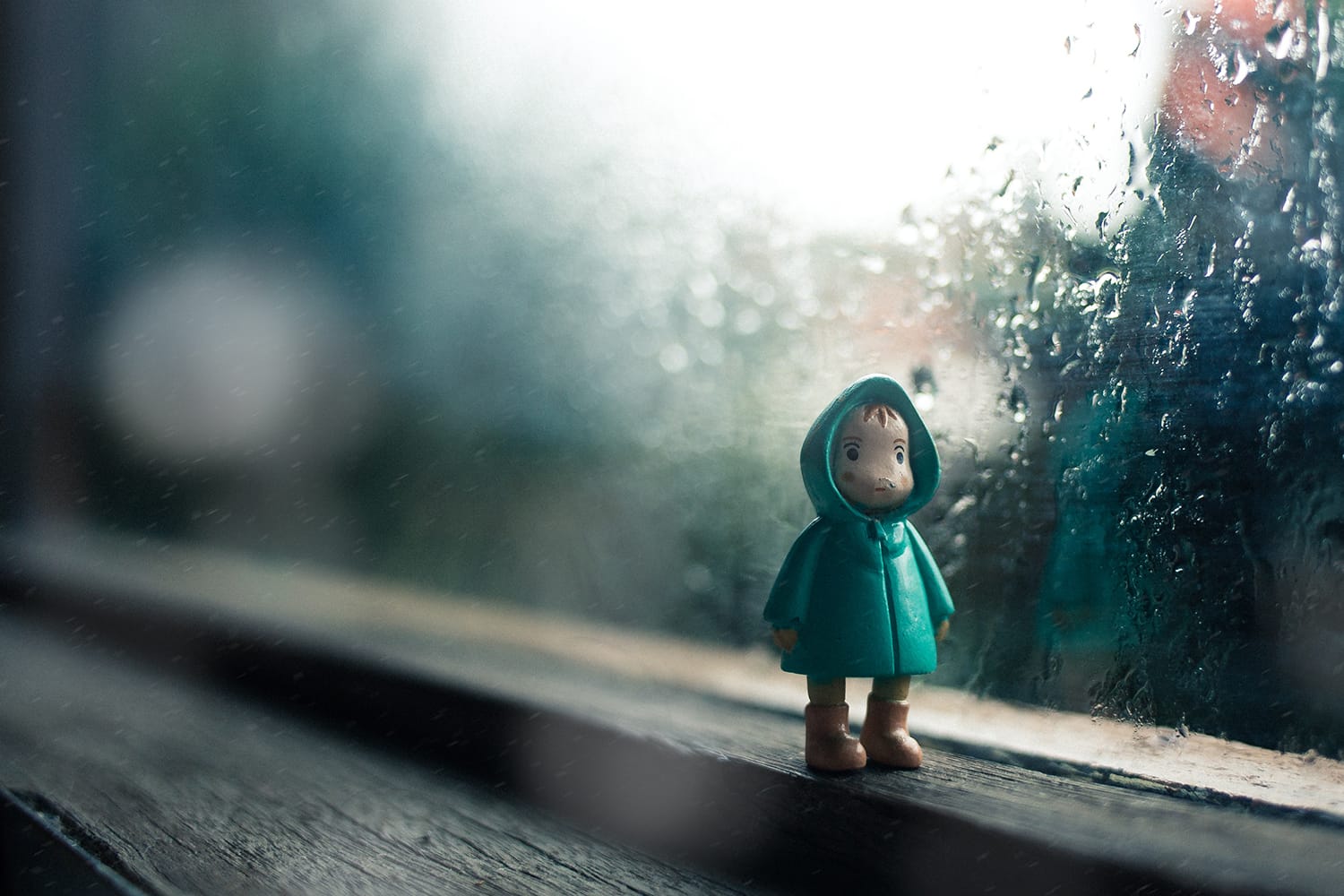Helpful Tips & Tricks for Successfully Taking Photos in the Rain
When it comes to photography, the word “rain” can bring a sense of panic to even the most experienced photographer. While many photographers would advise waiting until the rain clears up or returning when the sun has decided to emerge again, in some cases, this isn’t always possible.
Whether you’re on a trip and seeing a site that you can’t return to or photographing an event that can’t be rescheduled, you will inevitably face some rain at some point during your photography adventures.
The good news is that you don’t need to hide from the rain!
With a few preparations, you – and your camera – can be well prepared to face sudden showers.

The required amount of preparation depends much upon the niche you are focused on. If you’re photographing a wedding or doing portraits, your preparation will need to be a bit more extensive. Not only will you have to keep your camera from drowning, but you will also have the task of keeping people dry and happy – and let’s face it, people tend to get “cloudy” when it rains.
Don’t be a fair-weather photographer! Here are some tips to get you started with photographing in the rain. Read on to see how you can become adept at mastering the art of rainy day photography.
Packing Your Gear
Being prepared is half the battle! You should always be ready for those unexpected showers, especially if you are working in a climate prone to sudden rain showers. If it’s calling for rain, you will want to make sure you bring along umbrellas and the right camera gear.

Here are a few things that you should pack before venturing out.
1. Umbrellas
Chances are, if you have them, you won’t need them! But if you forget them, you’ll wish you had them. Umbrellas can add some fun to your compositions while keeping your subjects dry and happy. Of course, you can also use an umbrella yourself – but you might want to think about bringing a friend along to hold it up for you!
While most of us don’t have a supply of attractive umbrellas on hand, it’s worth investing in a few decent ones if you plan to do rainy day photography. Brightly colored umbrellas with fun patterns can add a touch of color to a dreary day. For weddings, you will probably want to stick with a neutral color, or black, so it doesn’t take away from your subjects.
2.Bags
Even if the rain stops, the ground will still be wet. Bags can help keep your subjects dry if you want to photograph them sitting down and keep you dry if you’re going to get down low for a unique perspective.
3.Camera Gear
No matter what you are shooting, keeping your camera dry is essential. Chances are you probably won’t even mind getting wet, as long as your camera is nice and dry. There are a lot of camera raincoats for sale, but if you don’t want to splurge on one of those or have to worry about lugging yet another coat with you, consider a plastic bag with a hole for the lens.
Using your camera hood is also a good way to protect the front of your lens from getting wet, as well as preventing pesky raindrops from photobombing your picture!
4.Tripod
If you have access to one, try to bring along a tripod. If you are shooting in low light conditions, you may need to use a slower shutter speed, which will require you to stabilize your camera. If a tripod isn’t available, you could always use a flat, stable surface instead.
5.Moisture Absorbent Packets
If you plan to be out in the damp for an extended period of time, you may want to consider getting some moisture absorbent silica gel packets to throw in your camera bag before you head out. This will help to prevent condensation on your gear.
6.Towels
Don’t forget to bring along a few hand towels – these can be lifesavers on a rainy day!

Tips for Shooting in the Rain
Ok, now let’s take a look at some techniques for shooting in the rain and some things to avoid.
1.Finding a Location
Depending on the type of photo shoot, you may have the option of changing locations. Consider moving indoors, or keeping things under an awning, deck, trees, or other covering.
2.Make the Most of the Rain
Keep in mind that most of the rain isn’t likely to show up in your pictures – you will see the effects of it – wet hair, droopy flowers, mud puddles, etc.
But if you’re up for the adventure, consider incorporating the rain into your compositions. Raindrops are more visible if they are backlit, and falling raindrops are surprisingly photogenic. Raindrops on leaves, fruit, and other surfaces can add a beautiful dimension to your photography. Look out for puddles; they can present interesting opportunities for you to photograph reflections.
3.Watch the Light
One of the main things that you want to look out for is the lighting. Cloudy days present a great opportunity to look for natural lighting, and breaks in the storm can create beautiful lighting effects to incorporate into your compositions.
When using umbrellas or overhangs, watch out for shadows, have your subjects tilt the umbrellas slightly to adjust the lighting.
4.Adjust Your Aperture
While you will want to stick with a large depth of field (and a small aperture) if you are doing landscape shots, if you’re taking portraits in dark, overcast weather, your shots may look dark and gloomy.
To let more light into your sensor, you may want to open up your aperture up to f/8, f/4, or even wider for clearer light.

After the Fact
Once you are done with your photoshoot, you most likely will want to pack up and head home. But don’t forget your camera bag. If it was out and about with you, it’s probably just as wet. Please don’t make the mistake of putting your camera gear back in a damp backpack, be sure to let it dry out before packing everything back up!
Finally, Remember to Go With the Flow
While most of us dread the threat of rain, try to stay positive – despite the weather. Remember that great photos can be taken in the rain. Oftentimes, rain can add unique beauty to compositions. Taking pictures in the rain gives you the chance to break the routine and get some creative shots.
When taking portraits, be on the lookout for emotions. People tend to have strong reactions to rain, and capturing this in your pictures can create interesting images.
Who knows? You just might start looking forward to rainy days!
